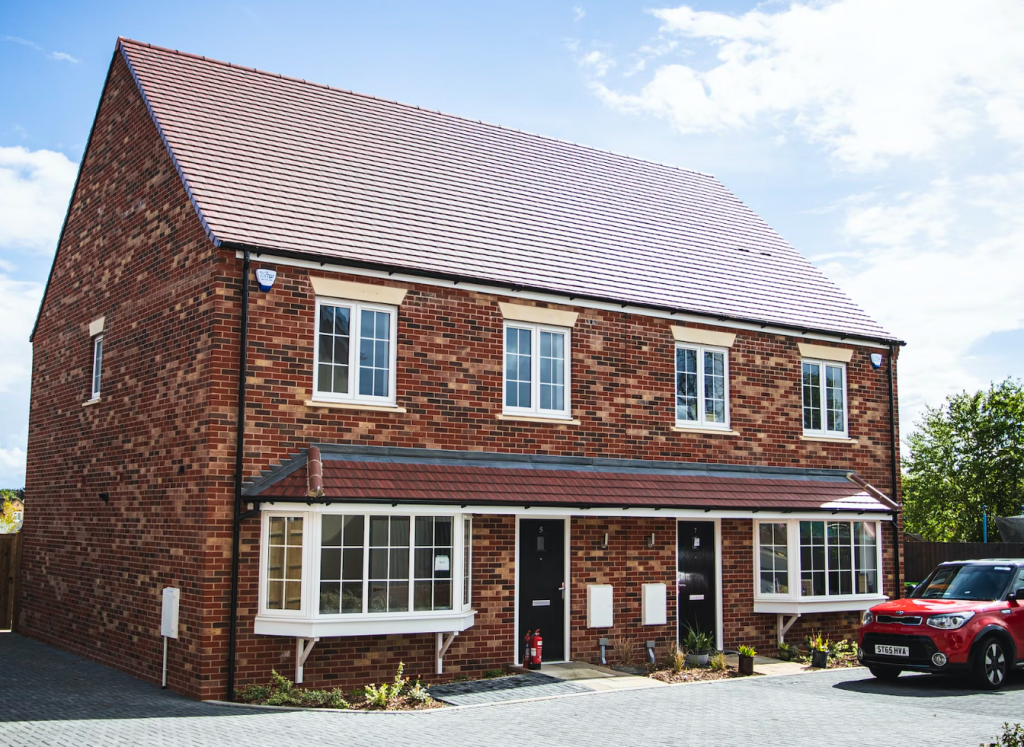What Are Permitted Development Rights?
Introduction to Permitted Development Rights
Lots of people are still considering their options when it comes to developing their homes and creating better living spaces, despite all of the positivity on the housing market right now.
With dreams of a lavish extension or a loft conversion, many will be wondering about planning permission and other red tape which they might see as a barrier to getting the work done to their home.
What most people might not realise however is that they have certain rights to build or construct additions to their home.
These are called permitted development rights and exist for homeowners who only want to make small changes to their home.
Since May 2013, and only until May 2016, these rights have been extended to allow for larger extensions to be created and to remove some of the potential barriers for anyone considering such options.

Who doesn’t have these rights?
There are some people who will not have these rights, including people who live in flats, apartments or maisonettes – essentially, any building which isn’t commonly considered to be a house.
You will also find that you don’t have permitted development rights if you live in an area which is protected in some way.
This includes Conservation areas, national parks and areas of outstanding natural beauty.
The local building authority in your area also has the power to remove these rights in certain areas with an Article 4 direction, meaning that you have to submit for planning permission where you might not ordinarily.
It’s always best to check with your local authority regardless, as different areas have different rules. If you don’t get permission where it’s needed you could find that you’re ordered to tear down any additional structures which you have made.
What can you do?
Your options are quite varied when it comes to permitted development rights – you’re allowed to build the following without planning permission within the guidelines:
- A porch
- Internal alterations
- A loft conversion
- Solar panels
- New windows and doors
- Extend your home at the back
- Skylights and dormer windows
A rear extension must be shorter than 8m for a single storey and 3m for double, while a porch should be smaller than 3m³. For more detailed information, contact a professional architect or construction planner.
Planning Permission
If you’re looking to create an extension or have a more elaborate loft conversion then you might require planning permission.
The difference between planning permission and permitted development rights is that the latter requires no authorisation paperwork, while for the former you must have your plans approved and gain written permission for the work.
Aedifice Partnership is a leading consultancy and project management firm specializing in delivering high-quality projects across various sectors, including care homes, residential properties, education establishments, and commercial properties.
Our range of services includes project management, chartered building surveys, CDM and quantity surveying among others.
If you’re planning to make additions or alterations to your home and you’d like help and advice regarding the architectural plans and navigating the planning permission issues, simply contact us here at Aedifice today and we’ll be happy to assist you.



